The rumblings of the past several months, rumblings that became a virtual cacophony since the disappointing August job report finally became reality as the Federal Reserve, as so many have predicted, announced its intention to implement a third round of quantitative easing. Under this new initiative $40 billion of agency mortgage backed securities will be purchased monthly with the possibility left open that an extension of these purchases could occur if the economy does not respond favorably. In an announcement from the Federal Open Market Committee (FOMC) it was stated: "If the outlook for the labor market does not improve substantially, the Committee will continue its purchases of agency mortgage-backed securities, undertake additional asset purchases, and employ its other policy tools as appropriate until such improvement is achieved."
This, however, is not the only action the Fed has chosen to take coming out of its latest FOMC meeting. Additionally Operation Twist, the program under which the Fed has been selling short term bonds and using the proceeds to buy longer term bonds in an effort to bring down long term rates, will also continue. Taken together Quantitative Easing III and Operation Twist will now commit the Fed to purchase $85 billion of longer term securities per month through the end of the year, with additional money to be printed to support these initiatives. Finally, the Fed also indicated its intention to keep short term interest rates near zero until at least mid 2015, an extension of their former pledge to keep these rates low until the end of 2014.
The sum intention of the Fed’s actions, now and in the past several years since the onset of the economic crisis, is to push down long term rates, especially mortgage rates while pushing up other asset values, like equities and homes. It is hoped that this will be an incentive for companies to invest in capital projects and additional hiring as well. In a statement intended to demonstrate its firm commitment to a strong economic recovery the Fed announced: "a highly accommodative stance of monetary policy will remain appropriate for a considerable time after the economic recovery strengthens."[1]
Many economists and professional money managers, both before and after the announcement of this most recent set of initiatives, have expressed skepticism as to the effectiveness of the bond buying program. In this they have a cogent point. For the first time in generations quantitative easing of this type has proven ineffective relative to expectations. The Fed has spent $2 trillion in the past four years with the economy doing little more than entering a prolonged period of steady but stagnant growth with unemployment numbers stubbornly refusing to budge below the 8% level. The Fed possesses a dual mandate: to promote job growth and control inflation. They have failed miserably at the former and many believe that further QE and similar measures that have been employed in the past few years will not prove to be any more effective than they have to date. Indeed there are those who claim that QE III may do more harm than good as historically low interest rates has hurt savers –pension funds and insurance companies have been particularly hard hit by the lack of return on fixed income investments- and once the Fed eventually sells off its massive position, rates will be forced higher which could stunt growth even further. Additionally there has been little recent discussion on what sort of exit strategy the Fed would employ in the event they wanted to liquidate their position, creating a level of uncertainly which is troubling.[2]
Some professional investors, in addition to being highly dubious as to the efficacy of the continuation of the Fed’s existent policies have also hypothesized the government is already secretly printing money and simply not publicly acknowledging it. In effect, according to Jim Rogers, co founder of the Quantum Fund with George Soros, QE III has already begun. Rogers references the buildup of assets on the Fed balance sheet that are not accompanied by any announcement. Rogers believes that the government has already begun engaging in QE III, but without public fanfare in order to, in his words, “ avoid getting egg on their face again”, given the ineffectiveness of the first two rounds of QE. In his opinion such an action, publicized or not, is a fait accompli, because “the only thing that central banks know how to do is print money, so that is what they will continue to do.”[3]
The implementation of QE III and its associated policies will boost Wall Street, equities in particular, at least in the short term. It is unlikely, however, that it will accomplish much else. These policies are mostly a continuation of what hasn’t worked particularly well for the past four years. Rates have been at or near historical lows for years, but have failed to entice the increase in borrowing and spending necessary to jump start the economy. The Fed’s actions will lower interest rates and by proxy mortgage rates will fall as well. However, given the “uncertainty shock” associated with, among other things, the upcoming Presidential election, the looming Fiscal Cliff, the European sovereign debt crisis and China’s own economic slowdown, it can be regarded as dubious that spending or hiring will increase as a result of today’s actions. An increase in home sales might occur as the housing market continues to slowly heal, but a significant jump in activity is not likely given all the other factors looming over the economy, both domestic and global. The Federal Reserve’s stated intentions going forward will result in nothing more than retention of the status quo, an attempt to buy time for the other drags on the global economy to run their course.


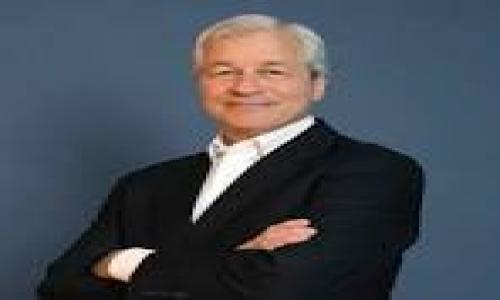


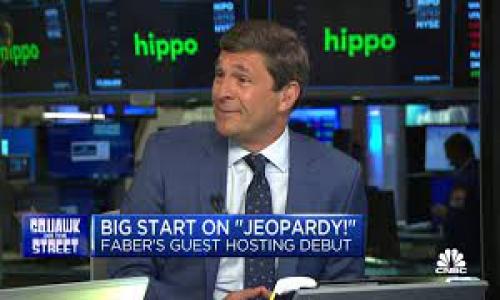


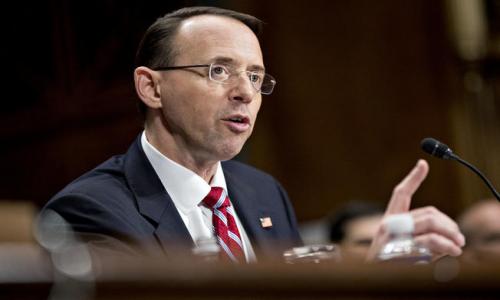
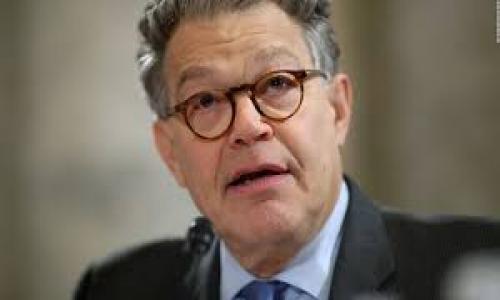
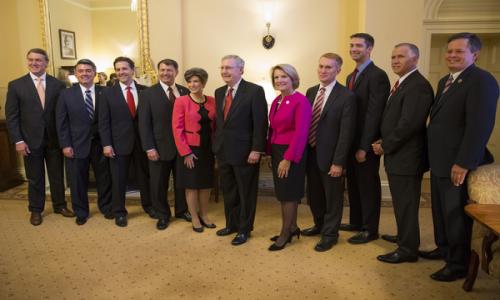
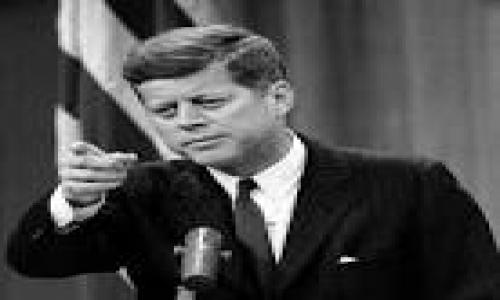
Comments
Uncle Frank
September 14, 2012
"Indeed there are those who claim that QE III may do more harm than good as historically low interest rates has hurt savers..."
Of course it hurts savers severely and it will reflect on the economy as savers hunker down and spend less. How much has been taken out of the economy already in interest income since Bernanke's zero interest rate policy (ZIRP) has been in effect? How much revenue has been lost to the federal government, and in some cases state governments, in lost income taxes on interest earned over that same period? Probably billions, if not a trillion dollars. Bernanke is creating yet a new bubble in the stock market. This time on the backs of savers. It will just blow-up like it has before under Bernanke's predecessor, Alan Greenspan.
Is this review helpful? Yes:0 / No: 0
Able
September 14, 2012
Savers always get hurt when the economy takes a dive unless it's stagflation. Then higher inflation keeps bank rates high also. Today though, borrowers definitely have the advantage with interest rates at record lows. This is all demographics. Until the baby boomers retire and pass away, we'll be dealing with a slow growth, low rate environment. Could take years. Just look at Japan.
Is this review helpful? Yes:0 / No: 0
Add your Comment
or use your BestCashCow account